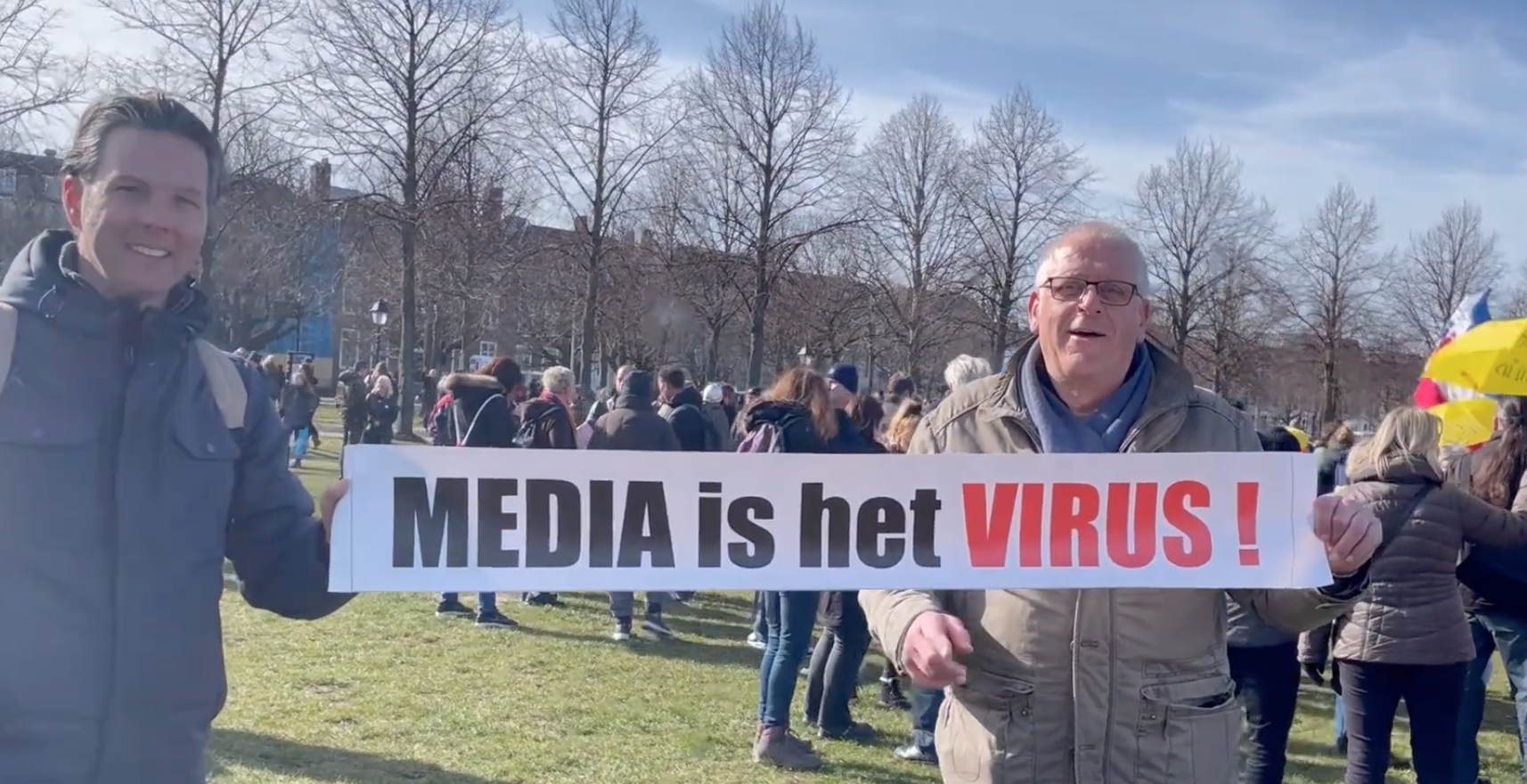In the first of our Polis LSE Summer School guest talks, the Wall Street Journal’s EMEA social media editor Sarah Marshall explained how social media is helping journalists to make news more relevant to readers. Polis Summer School student Eleanor Hudson reports.
The idea of social media as a way of communicating news to people is developing fast so a young person especially is more likely to hear of a news story through Facebook or Twitter than through the traditional newspaper or magazine.
So for Sarah Marshall, Social Media EMEA for the Wall Street Journal hashtagging and retweeting has become part of the journalist’s everyday life. Social media is cheap, it is effective, but the technology is constantly changing. Even social media experts can be outdated in a month when a new trend emerges.
Social media has affected journalism from two entirely different positive aspects: reporting the news and investigating the stories.
In terms of reporting the news, Marshall said that although the numbers of followers and shares on a post matter, it is the engagement with the people that is the real goal for journalists in social media.

Social media connects not only news organizations, but also, more importantly, individual reporters directly to people. In the past, through straightforward print journalism, “a journalist’s job was done after they hit print” says Marshall. Now, the journalist not only has to find the story and report it, but they must engage the listener through tweets, images, video chats, Q&A sessions via video, and any other inventive way that could reach someone on a personal level. Every news story and post has immediately become more personal, and now journalists must tap into that personalization that social media provides to reach people.
Social media is an effective way to distribute a story, but it is also a good place to find content and gauge reader ‘sentiment’ about narratives or issues. However, since social media is so vast, and the volume of information that constantly streams through feeds is endless, journalists struggle to find the time or the resources to sort through these to get a snapshot of lifestyle, emotion, violence, etc. Marshall showed there are ways to sort through these masses of tweets, updates, images, and stories. With Tweetdeck, Storyful Multisearch, Twitter lists, Facebook interest lists, and engagement filters, journalists can effectively use social media as a tool to develop stories that are relative to what people choose to look at in their feeds everyday.
Journalism is about relating to people. Sarah Marshall made it very clear that she relates to people every day, and that she works to make sure news stories are ‘relatable’ through social media. Again, it’s not about the numbers game, but it’s about engagement. If people are engaged in news stories, then journalists have done their jobs.
You can see Sarah’s presentation here.
This article by Polis Summer School student Eleanor Hudson
Follow Polis director @CharlieBeckett and the hashtag #PolisSummer for more on the Polis Summer School this year.






Journalist, and the powerful news media networks, already have sufficient opportunities to ‘harness the voices’ of those with appalling stories of failure – whether it be as a consequence of government policy, bankers… etc – but, they choose not to harness such real stories. I believe there is a failure to harness real stories simply because if conflicts with the strong relationship interests that news media organisations have with… business, including banks… and other powerful networks. It leads one to question, how different is this type of abuse to the culture of Power over Vulnerability that we see with the media harnessing of sexual abuse stories?
Just to give you an example, I know someone – who stems from a disadvantaged & vulnerable background – who worked so hard to ‘get there against all odds… only to be failed’ by a government scheme partnered with banks. He had everything he worked so hard to build, including his viable business and home, taken away from him – as a direct result of this scheme & bank partnership. Even when faced with depression, he still fought – only to find evidence that thousands – even tens of thousands – of individuals suffered similar consequences.
The news media denied him – and others – the right to have their voices heard. After losing his home in 2007, and then having to confront a recession, he is still fighting to secure a job role.
The fact is, journalists know that the powerful news media networks amongst us are not willing to have such a STRONG and VIABLE story harnessed – as it will cause serious problems to the banking sector, and their relationships. If this is not the case, how is it that this individual I talk of… has struggled to get such a story in the media? Fact, many will be Empowered by his Voice through the media. But, isn’t this the Fear that powerful news media networks have when harnessing the voice of ‘an individual’ against BIG & Powerful companies such as banks, and the politicians who failed to do anything resembling a viable process to achieve redress for him?
So, I hear and understand clearly what this piece says. However, I do fear that such an opportunity has always existed… and journalists and powerful news media networks have always chosen to pick & choose stories less conflicting with their partners. Thus, wouldn’t we just see a more generalised story portfolio by journalised – instead of real Boldness to hold BIG stories to account?